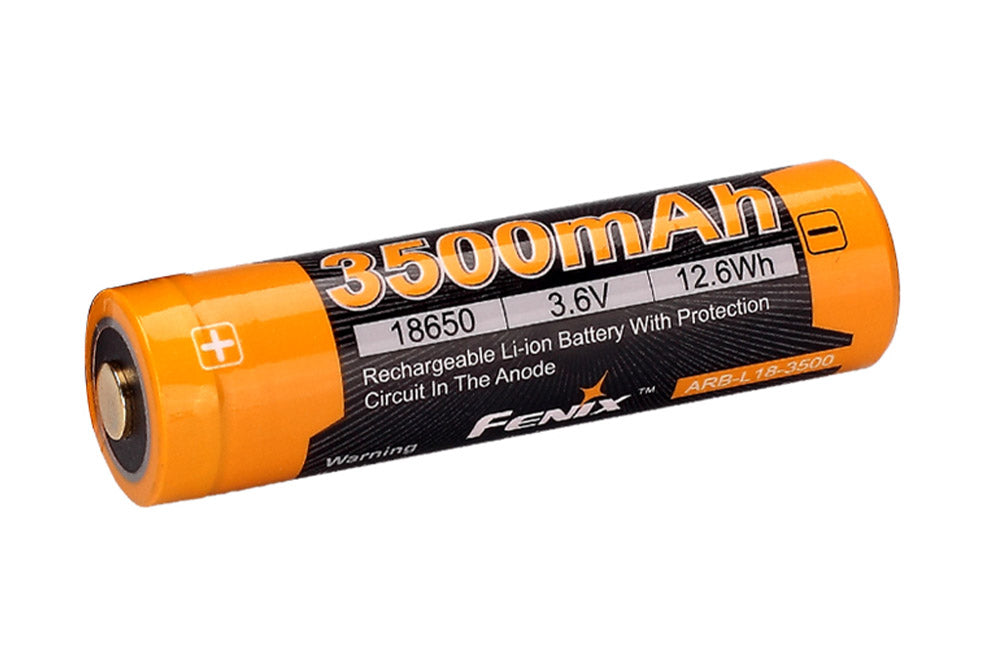I backpack with a solar charger, goalzero AA battery charger/battery bank (has usb power out), 18650 charger and a traditional battery bank. My devices run on AA, AAA and 18650's.
I am considering switching to 18650 and AA batteries with usb charging ports. So that I can ditch the goalzero and 18650 battery chargers and associated cabling. I'm not an ultralight hiker. But bulk and ounces add up. And I would like to trim these items out of my pack.
I would like to be able to charge these batteries directly from my solar panel or battery bank. And I would love to be able to use this:

So that I could charge a group of batteries at one time. Rather than babysitting the batteries as they charge individually.
What is the general consensus about batteries with usb charging ports? Their durability, time to charge and any other criteria that might concern my intended use? Are there any limitations to using the 4 to 1 cable above?
I am considering switching to 18650 and AA batteries with usb charging ports. So that I can ditch the goalzero and 18650 battery chargers and associated cabling. I'm not an ultralight hiker. But bulk and ounces add up. And I would like to trim these items out of my pack.
I would like to be able to charge these batteries directly from my solar panel or battery bank. And I would love to be able to use this:
So that I could charge a group of batteries at one time. Rather than babysitting the batteries as they charge individually.
What is the general consensus about batteries with usb charging ports? Their durability, time to charge and any other criteria that might concern my intended use? Are there any limitations to using the 4 to 1 cable above?



